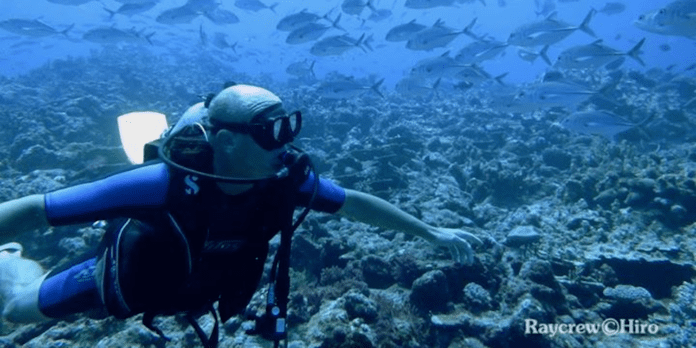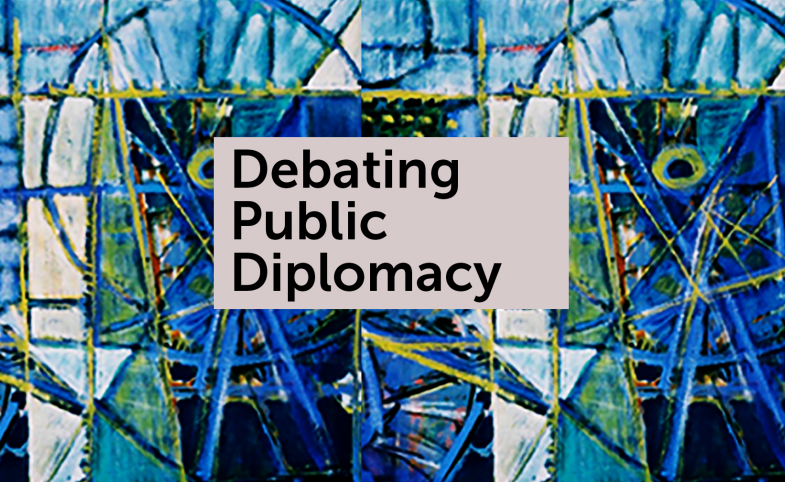There are two ways to become an American ambassador. For the first one, you have to be handsomely rich, very well connected politically or capable of raising hundreds of thousands of dollars for a successful presidential candidate. The second route is more circuitous and demanding, but also more fun. It winds through the trails and passageways of the U.S. Foreign Service.
To join the Foreign Service, you must be a U.S. citizen, 21 or older, and willing to serve at any of the more than 270 American diplomatic missions around the world. The application process has several steps, including written and oral tests, essays, security and medical clearance, as well as a suitability review. The process can take more than a year. If you pass every round, you will be given a score, which will determine your place on a “register.” As slots become available, candidates at the top of the list receive employment offers. If you don’t get hired within 18 months, you drop off the register and have to begin the entire process anew.
Once you get an offer, you can begin planning your career. Conventional wisdom dictates that you must take certain steps on your Foreign Service journey to secure an ambassadorship. Many officers believe decision-makers favor certain State Department bureaus, assignments or career tracks, known as “cones,” over others. Those beliefs have some validity, although not everyone who follows them makes an ambassador, and a few who deviate wildly end up running an embassy. My career didn’t follow all the prescribed steps, but it was rewarding, allowing me to follow my interests and to receive the responsibility and honor of becoming an ambassador.
Adventure, service and international environmental cooperation drew me to the Foreign Service. You will join with your own ideals and expectations. Don’t lose them in your journey to the top. With that in mind, I offer my personal tips for getting into and enjoying the Foreign Service, no matter which rank you end up achieving.
Get a passport and get ready
You will receive a black passport with gold letters when you join the State Department, your home agency as a Foreign Service officer. Until then, get your blue passport and go somewhere. Anywhere. There is no required past travel, language or degree to join the service, but the testers want to know that you will be successful overseas in a stressful, fast-paced, ever-changing foreign environment. Traveling and learning to adapt to new cultures and rough roads lay a foundation. If international travel is out of reach, virtually experience countries and seek out differing regional cultures in the United States.
Executive Diplomacy Training
1–12 FEB 2021
Summer Diplomatic Academy
5–30 JUL 2021
One-Year Certificate in International Diplomacy
SEP 2021 — MAY 2022
Get that sheepskin and get uncomfortable
A degree is not a requirement for the Foreign Service, but a college experience helps you gain the skills and worldview often needed to succeed. It offers a chance to join clubs and organizations to gain or enhance skills or outlooks, and exposes you to differing opinions and new ideas. You learn how to convey your thoughts and analyze situations ― skills needed in the exams and in the career. College is also a great delivery system for internships, which allow you to try a career on for size and see if it fits ― even through virtual internships. College is a chance to stretch your comfort zone. If you want to be a Foreign Service officer and an ambassador, you must expand your sweet spot, so you get comfortable trying new things, hearing different views, learning foreign languages and leading teams.
If you partner up, be flexible
Even with my positive outlook and the progress the State Department has made in accommodating “tandem couples,” I know that having both spouses in the Foreign Service and navigating two careers is not easy. Life can be even more difficult for “trailing spouses,” who have to forge or sustain a career outside the department, while moving every three years or less. Flexibility and creativity are needed. My wife and I were not a tandem, and she developed a great international career. I’m thankful for that, because I wanted both the Foreign Service life and somebody with me who shared and understood all my crazy references from around the world.
Life as a family member in the Foreign Service can be tough, but recent cultural shifts in the department make it easier to bring an aging parent to an overseas post and make family situations work when dependents are allowed at post — and when they are not. Despite the changes, your career still may mean temporary family separations and missed weddings, birthdays and school concerts. Some posts are “unaccompanied,” and you can expect to serve at such a post at least once in your career. The lifestyle is not for everyone, whether that someone is you or a member of your family.
Get experience after college and be persistent
The average age of new Foreign Service officers is over 30. Some diplomats join right out of college, but nowadays that is rare. Many officers have advanced degrees and professional experience, including military service. I was 30. I took the written exam more than once before passing. It became a hobby. I failed the first time, then passed all the steps but didn’t get called up in the 18-month timeframe. I passed the written exam three times before I landed the job. If you don’t get in the first time, keep trying.
Learn constantly and be the salt
The State Department offers opportunities to learn languages in depth, to work at other U.S. government agencies, as well as on Capitol Hill. I went to the Naval War College for a year. Sailors, soldiers and airmen comprised most of the student body there. Foreign Service officers and a few Civil Service personnel were the exceptions. I said at one point, “We non-military students in the War College are like little grains of salt in a loaf of bread.” My professor responded, “Yeah, but have you ever tasted bread without the salt? You need a little pinch!”
You can also learn from your many colleagues. Bigger posts have representatives from two or three dozen agencies in the embassy. Get to know both the agencies and the people. Serving together in war zones in Iraq and Afghanistan helped service members and diplomats understand each other better — we need each other in foreign policy. No development is possible without security, and no military victory is truly secured without diplomacy and development. Without diplomats, there would be many more conflicts, and the military might have to fight in many more places. If you get to be an ambassador, this knowledge will help you run the embassy well.
Stay idealistic amid the challenges
As a Foreign Service officer, you will work on matters of war and peace, women’s empowerment, sports diplomacy, counternarcotics, intelligence-sharing, countering violent extremism, trade, real estate, technology, business, security, even promoting English as a second language and helping Americans in trouble. If you want to change the world, the Foreign Service can help you do that. It can also expose you to the negative and even evil sides of humankind. The experiences I had changed me, but at heart I still think people working together can solve any problem.
Your country needs you to showcase all of it
In today’s uncertain world, I know one thing: We need you. The State Department needs people from diverse backgrounds, especially first- and second-generation Americans. We need a Foreign Service that represents all of the United States — from farming communities in Nebraska to urban families in Harlem, from the Ivy Leaguers to the community college graduates. No matter in which category you fit, you represent segments of the country that must be part of our foreign policy. Former and current Foreign Service members have worked hard to make the department a more equitable employer. Take advantage of their efforts and contribute your own to ensure U.S. diplomats reflect the varied backgrounds of Americans.
If you are nominated to be an ambassador, it’s all about Senate confirmation, briefing papers and security clearances. But diplomacy represents something bigger than yourself. You are your home-country’s face and embodiment in your host-country — its history, ideals, failings and victories. I believe it’s a privilege to work on the nation’s challenges, even when faced with difficulties. You will encounter red tape, hostility, corruption and other hurdles. Through it all, stay idealistic.
ABOUT THE AUTHOR
ABOUT THE AUTHOR
Tom Armbruster is a former U.S. ambassador to the Marshall Islands. He also served in Finland, Cuba, Russia, Mexico and Tajikistan. This article is adapted from his book “How to Become an Ambassador.”








